Sigma®
Chemical Company
The company's roots spring from 1934 in St. Louis, MO,
when two brothers, Aaron Fischer and Bernard Fischlowitz, launched a small
consulting firm. The two chemical engineers named their partnership Midwest
Consultants - parent company of Sigma Chemical Company - and began to help
St. Louis businesses produce a variety of specialty products including
cosmetics, shoe dressings, and adhesives and inks for cardboard packaging.
The firm incorporated in 1935 and hired Dan Broida, another chemical
engineer out of Washington University in St. Louis, to manage the company's
growing consulting and production businesses.
During World War II, Midwest manufactured ammunition
components and made felt and paper parts for signal flares. In addition,
saccharin was in high demand and short supply. To fill the need, Broida
formed Sigma Chemical Company as a division of Midwest Consultants. For a
year, major distributing companies bought saccharin as fast as Sigma could
produce it. When the war ended, however, supplies of many raw materials
again became plentiful and effectively forced Sigma out of the market.
In its search for a new direction, Sigma's turn toward
research biochemicals came in the form of Lou Berger, a friend of Broida who
had completed a MS degree in biochemistry at the Washington University in
St. Louis School of Medicine under Nobel Laureates Carl and Gerty Cori. As a
graduate student, one of Berger's tasks had been to extract adenosine
triphosphate (ATP) from rabbit muscle. ATP is a major source of energy in
living organisms and was used extensively in the Cori's research. The Coris
and other biomedical researchers at this time were involved in studies
requiring ATP in quantity. Berger suggested that Sigma produce the compound
on a larger scale and taught his process to Sigma personnel. A small ad in a
scientific journal brought orders and Broida expanded production. Within two
years, Sigma offered eight additional ATP derivatives and raised purity
levels.
Sigma entered the next decades with broad expansion into
biochemicals and clinical products. In 1964, Sigma London was formed to
establish a more active position in the market in Great Britain. Two more
foreign subsidiaries were formed - Sigma Israel (1970) and Sigma Munich in
West Germany (1974).
Aldrich Chemical Co.
Alfred R. Bader, an Austrian immigrant and chemistry
graduate student at Harvard University, entertained the idea of starting a
company to sell research chemicals in 1949. Acting on the premise that
chemists needed a wider array of research chemicals and better service,
Bader and attorney Jack Eisendrath founded Aldrich Chemical Company in
Milwaukee, WI, in 1951.
Aldrich offered 1-Methyl-3-nitro-1-nitrosoguanidine (MNNG)
as it first product, widely used as a methylating reagent. Other products
offered in the early '50s include 3-hydroxypyridine, which later became one
of Aldrich's best-selling products; ethyl diazoacetate; tetranitomethane;
and ethanedithiol. From 1951 to 1954, Bader developed important
collaborations through visits to chemical producers in Europe and the UK.
The remainder of the 1950s was characterized by rapid growth in sales and in
the number of products offered.
Aldrich's Rare Chemical Library (RCL) grew out of the
collecting and salvaging of valuable research samples of retiring or
deceased academic researchers and from other sources. Large-scale
contributions of samples to the library have come from such noteworthy
chemists as Henry Gilman, George Wittig, Robert Woodward, and Louis and Mary
Fieser. RCL has led to the discovery and commercialization by others of some
valuable chemical commodities, e.g., Roundup®
(Monsanto Co.), based on lead compounds obtained from the RCL.
 The
late '50s and early '60s witnessed the growing importance of custom
synthesis and bulk sales at Aldrich. Over the years, these functions evolved
into Sigma-Aldrich Fine Chemicals (SAFC), currently one of four strategic
business units within Sigma-Aldrich Corporation.
The
late '50s and early '60s witnessed the growing importance of custom
synthesis and bulk sales at Aldrich. Over the years, these functions evolved
into Sigma-Aldrich Fine Chemicals (SAFC), currently one of four strategic
business units within Sigma-Aldrich Corporation.
A significant opportunity in the 1970s came when Professor
H. C. Brown of Purdue University asked Aldrich to further develop and
commercialize the hydroboration technology and organoborane chemistry that
he had developed and patented. This led to the establishment of Aldrich-Boranes,
Inc., a wholly owned Aldrich subsidiary created to manufacture hydroboration
reagents and products. Some of the first compounds manufactured by Aldrich-Boranes
were borane-THF, 9-BBN, and borane-methyl sulfide.
Sigma-Aldrich Corporation
When changing trends in chemical research confirmed the
synergy to be realized from their complementary product offerings
(approximately 40,000 in total at the time), Aldrich Chemical Co. merged
with Sigma International, Ltd. to form Sigma-Aldrich Corporation in 1975.
With this marriage of broad capabilities and resources, annual double-digit
growth would become the standard in the 1980s and 1990s, with significant
expansion in facilities, major acquisitions and ventures into new market
sectors paving the way into the 21st century.
Sigma-Aldrich's international expansion took off in the
1980s with the opening of subsidiaries in France, Belgium, Japan, Italy,
Netherlands and Spain. The acquisition of Biomakor in Israel in 1986 and
Fluka in 1989 in Switzerland strengthened this rapid expansion.
Sigma-Aldrich continued to increase its international presence greatly
during the 1990s, opening 20 offices during that decade either by
acquisition or by establishing a subsidiary. In Scandinavia, Sigma-Aldrich
acquired four of its dealers, which became Sigma-Aldrich Sweden, Norway,
Finland and Denmark. Following the fall of the Berlin Wall, the Company took
advantage of the opening of these new markets by opening subsidiaries in
Poland, Czech Republic, Hungary and by acquiring a dealer in Russia.
Beginning to establish a presence in the area now known as CAPLA (Canada,
Asia Pacific and Latin America), Sigma-Aldrich opened offices and
distribution warehouses in Australia, followed by India, South Korea,
Singapore and Malaysia, as well as Canada, Mexico, Brazil and Argentina in
the Americas. This was only the beginning.
From the acquisiton of Supelco in 1993 and Riedel de Haen
in 1997, each increasing Sigma-Aldrich's analytical and chromatography
capabilities, the Company continued its growth strategy. The year 1999
brought with it the Company's first strategic plan, with Davd Harvey now at
the helm as CEO, taking over for Tom Cori. By the next year, Sigma-Aldrich
hit the $1 billion in sales milestone, with 6,000 employees in 33 countries
- well-known and trusted worldwide.
In 2001, Sigma-Aldrich acquired Isotec, a leader in stable
isotope production whose products are used in basic research and the
diagnosis of disease. That same year, the Company opened its $55 million
Life Science and High Technology Center in St. Louis. In 2004, Ultrafine, a
supplier of contract manufacturing services for drug development, and
Tetrionics, a producer of high potency and cytotoxic active pharmaceutical
ingredients, became a strategic piece of the Company's portfolio. The
following year, Sigma-Aldrich underwent its second strageic plan review,
announcing the formation of four customer-centric business units and a
strong focus on geographic expansion, Internet sales and process improvement
to propel the Company to even greater heights. Jai Nagarkatti, former
president of Aldrich, then became president and CEO of Sigma-Aldrich.
Sigma-Aldrich acquired JRH Biosciences (now SAFC
Biosciences), a major industrial supplier of cell culture products for the
pharmaceutical and biotechnology industries, and the Proligo Group, a global
supplier of key genomics research tools. Also in 2005, Sigma-Aldrich
announced membership in The RNAi Consortium and joined leading institutions
including MIT, Harvard, and Eli Lilly to develop and distribute genome-wide
shRNA libraries globally.
Sigma-Aldrich once again increased its global reach
through the acquisitions of Beijing Superior Chemicals and Instruments Co.
in China, Iropharm in Ireland, and Pharmorphix Ltd. in the UK. Other
strategic acquistions would soon follow: Epichem Group Ltd. to expand
capabilities in materials sciences and semiconductor markets, and Molecular
Medicine BioServices to provide large-scale viral manufacturing
capabilities.
In 2007, Sigma-Aldrich achieved another significant
milestone by exceeding $2 billion in sales, delivering record earnings and
further strengthening its leadership in the markets it serves. The strategic
plan was proving to be quite successful, paving the way for a renewed focus
the following year through the Company's third strategic plan.
More recently, Sigma-Aldrich acquired ChemNavigator in
2009 to provide researchers with industry-leading chemical compound
selection and procurement services. That same year, the Company introduced
CompoZr™ Zinc Finger Technology.
In the decades since the 1975 merger, the Company has
generated exceptional growth and continues to undergo many positive changes
to drive Sigma-Aldrich into the future of science and technology. One such
change has been the rise of the Internet and e-commerce, now accounting for
approximately 45% of all research sales to become the Company's most
powerful marketing tool. In addition, as Sigma-Aldrich continually increases
its global reach, approximately 65% of sales stem from outside of the U.S.
Our future success requires more innovative products,
faster technologies, and more sophisticated tools that support our
customers' success. To accomplish this, our Company has new strategic
initiatives that are expected to drive innovation and expand into new
markets by leveraging our core scientific strengths: Analytical Chemistry,
Biology, and Chemistry-Materials Science (ABCM). Our ABCM initiatives will
help us expand our product offering, open new markets and enhance our
position in the areas we know best.
Today, Sigma-Aldrich has a broad offering of more than
147,000 chemical products (48,000 of which the Company manufactures) and
40,000 equipment items. We supply products to customers in over 150
countries around the world through state-of-the-art distribution centers.
With a committed workforce of approximately 8,000 employees in 40 countries,
Sigma-Aldrich has the unrivalled scientific knowledge, unsurpassed service,
and global reach to serve researchers and technologists and to ultimately
improve quality of life.
- See more at: http://www.sigmaaldrich.com/customer-service/about-us/sigma-aldrich-history.html#sthash.dr6DDNPQ.dpuf

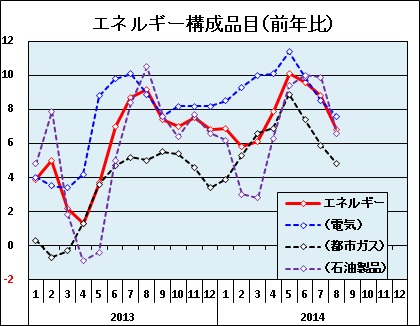
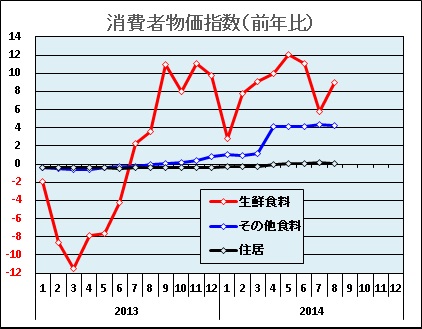
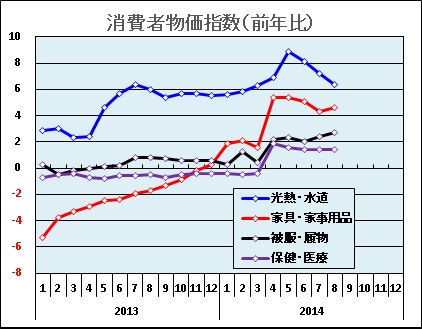
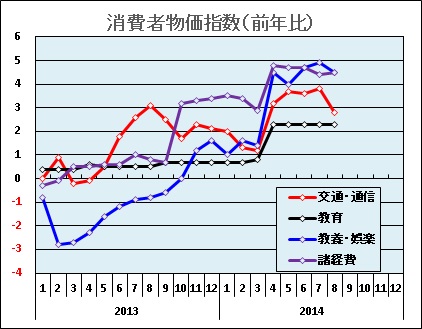
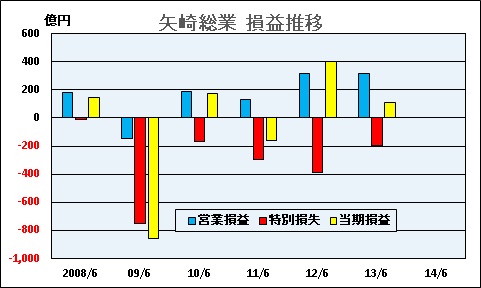
 The
late '50s and early '60s witnessed the growing importance of custom
synthesis and bulk sales at Aldrich. Over the years, these functions evolved
into Sigma-Aldrich Fine Chemicals (SAFC), currently one of four strategic
business units within Sigma-Aldrich Corporation.
The
late '50s and early '60s witnessed the growing importance of custom
synthesis and bulk sales at Aldrich. Over the years, these functions evolved
into Sigma-Aldrich Fine Chemicals (SAFC), currently one of four strategic
business units within Sigma-Aldrich Corporation.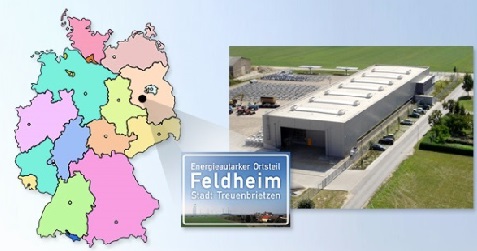

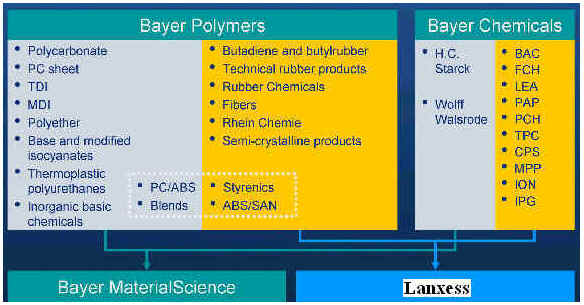
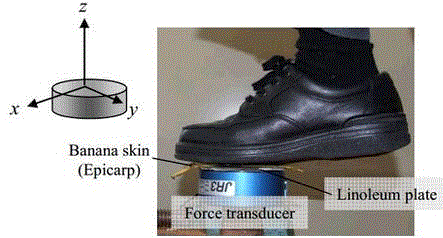

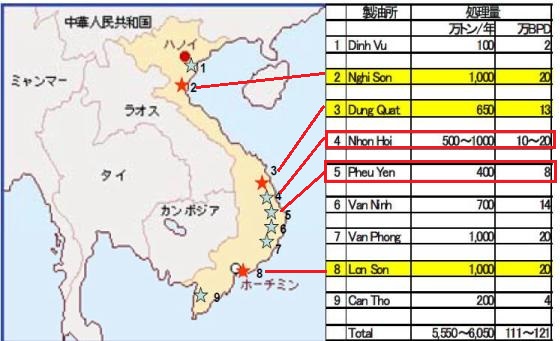



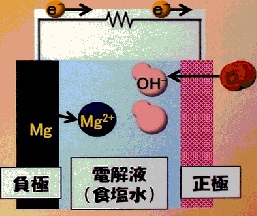
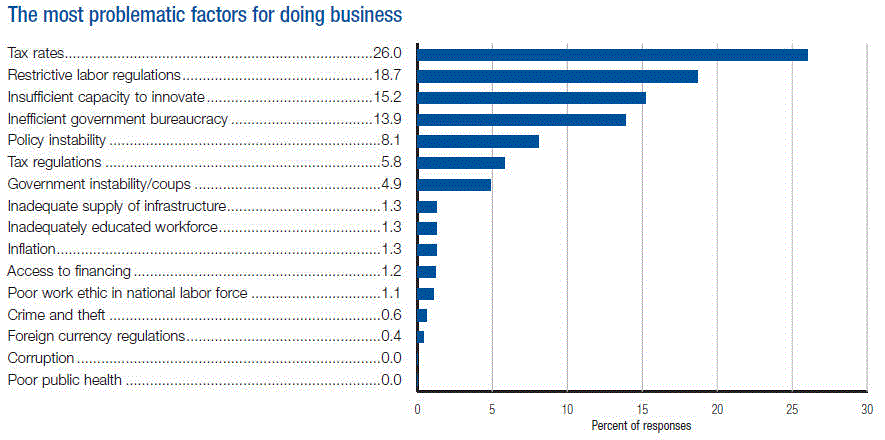
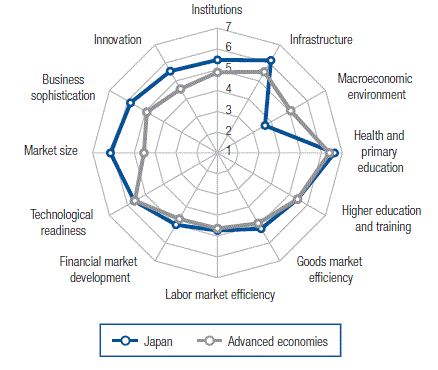
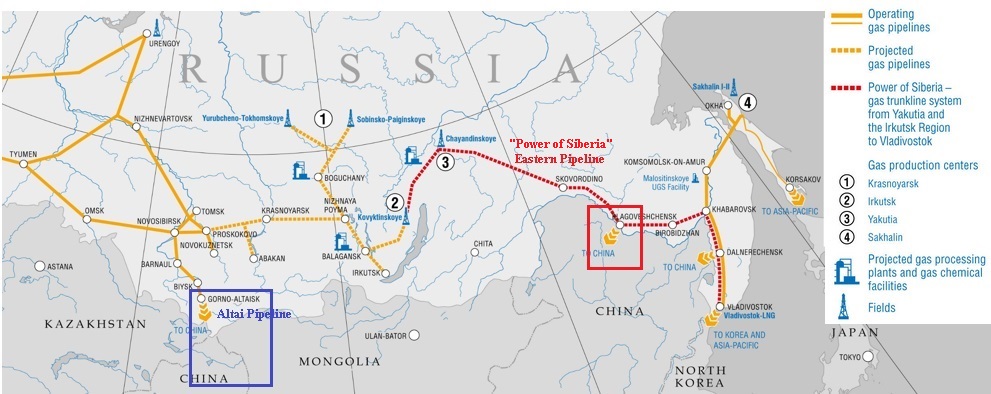
最近のコメント